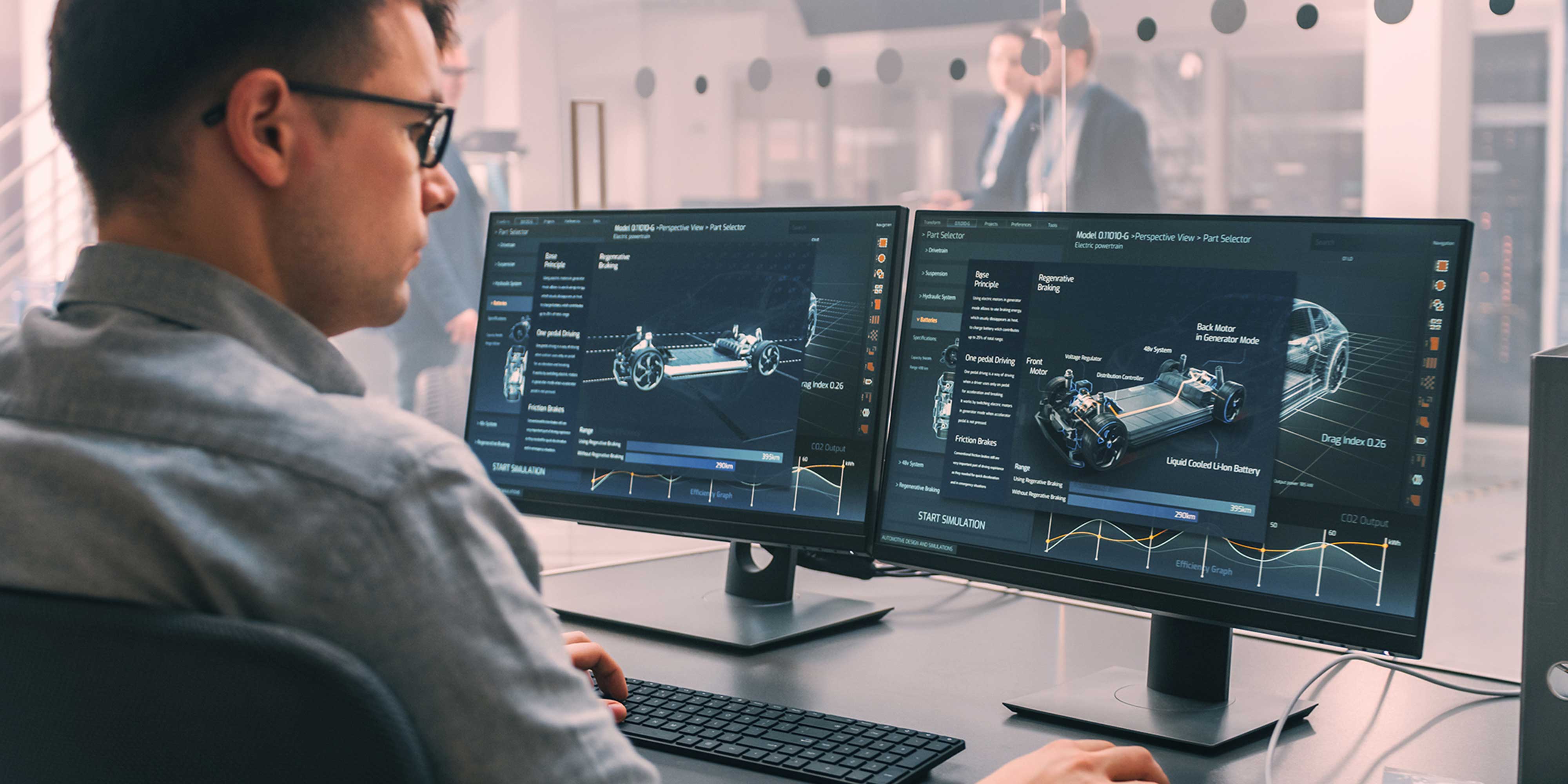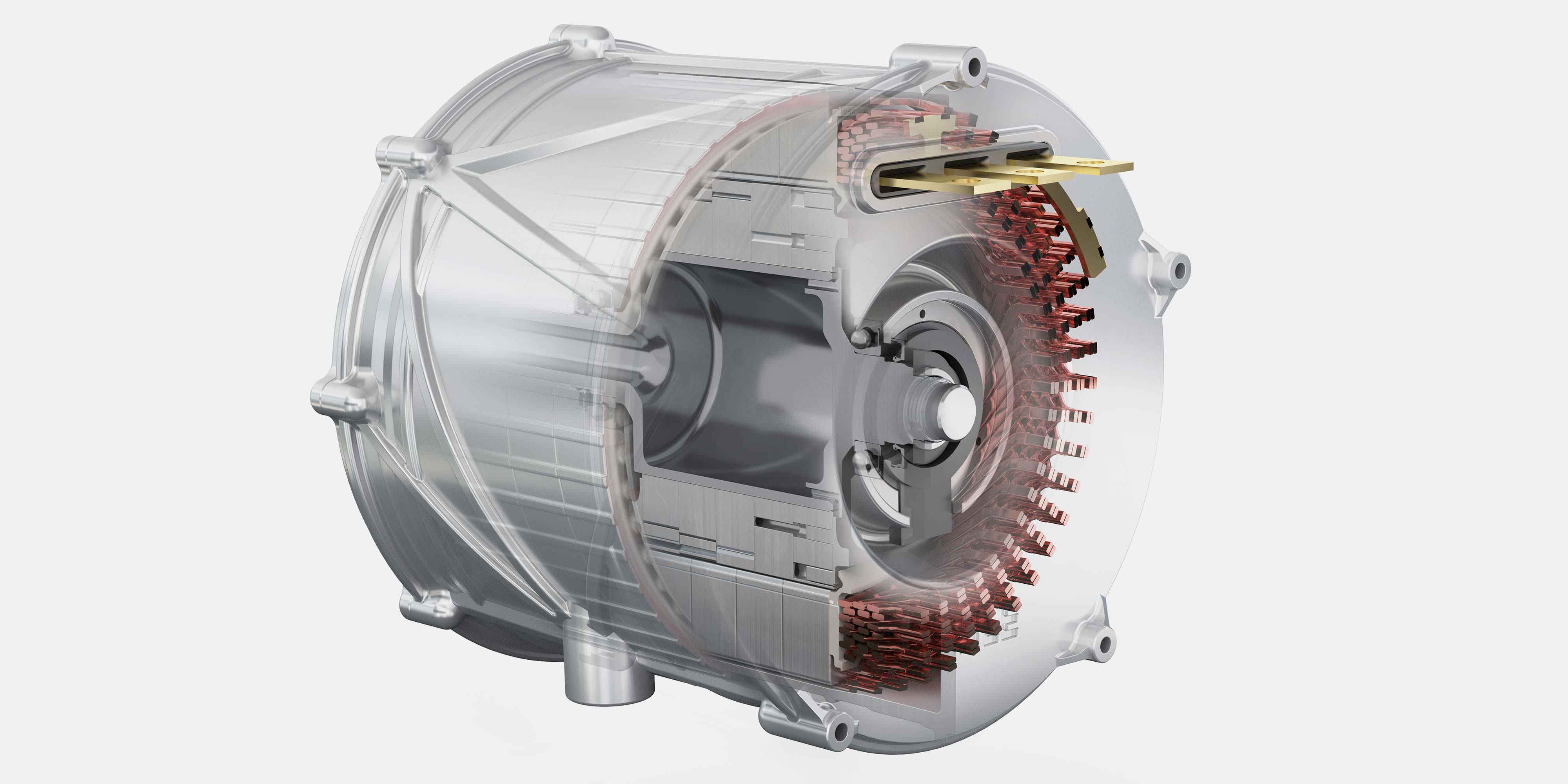
“If you’re positioned broadly, the transition to e-mobility will be comparatively easy”, Dr. Ralf Petri, Head of Mobility at VDE
| VDE / Uwe NoelkeThe automotive sector is more electric than ever. According to estimates, around eight million purely battery-electric passenger cars were sold worldwide in 2022. This represents a remarkable 66-percent increase over the previous year. According to forecasts by the management consultancy Arthur D. Little, the figure is expected to double to 16 million new electric vehicles (EVs) annually by 2025, rising to 35 million units in 2030. In turn, the market for vehicles with internal combustion engines (ICEs) is continuously shrinking.
This marks the dawn of a new era for the automotive industry, as the shift to electrification will fundamentally change our current ideas about vehicles within a few years. This is especially true for the supplier industry, which is responsible for around 75 percent of added value generated in the automotive sector and acts as the main contributor in developing and producing today’s vehicles. According to a survey by Deloitte and the German Association of the Automotive Industry (VDA), the switch to electromobility is in full swing for four out of five suppliers. On average, they are investing more than a third of their research and development budgets in the new technology, although it currently generates less than 15 percent of their total revenues. “The behavior of automotive suppliers shows that they see electromobility as an investment in the future and are making great strides in pursuing the transformation,” concludes Dr. Ralf Petri, head of the Mobility Division at VDE. However, suppliers face individual challenges depending on their level of innovation and the reliance of their technologies on ICEs, for example.





